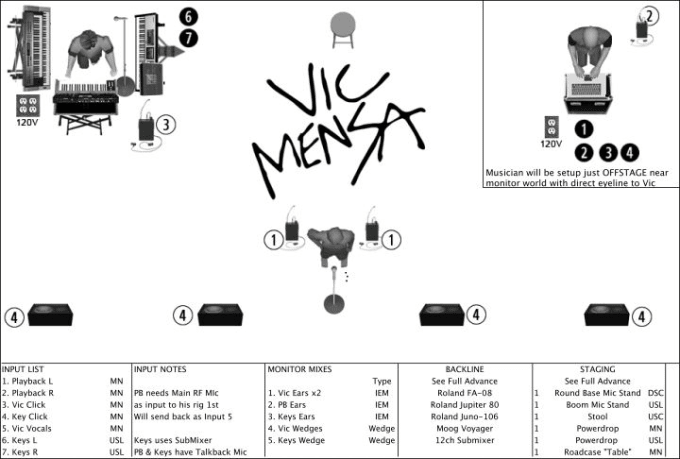
What about backlights, to separate the actors from the set?ĭo you need multiple colors of set, or other angles of light to simulate different times of day on the set?Īt some point, you’ll run out of lights, and that’s when you know it’s time to stop! Seriously, though, that’s how it often works in the world of theatre on a budget! Do you have practicals (“normal” lights as part of the set) or other special lights to integrate?Īre there specials, or lights with a particular use that don’t fit into the regular wash? Once you get the basics laid out for these 2 elements, decide on the next level on importance. Without lighting these 2 elements of the show, the audience will be lost!

What’s most important? Generally, this is the front wash and the set lighting. The key to making the best show possible is to start with the most important things, and lay out your plot in order from most important to least. If you’re like most people doing their first show, the budget is TIGHT! You’ve likely got some or all of your lights included with the venue and then may rent or borrow others. Now that we’ve discussed the basic mechanics of a light plot, it’s time to talk about laying out your lights. However, the more details you include, the easier it is to bring up the design again for a later show and re-hang/tweak it! Creating a Light Plot On a Budget I’ve skipped out on details many times, and the show goes fine 🙂. Most symbols will fall on horizontal lighting positions, which are easy to see on the 2D CAD.įor vertical lighting positions (sidelight pipes, booms, etc), it’s best to note the position on the CAD, and then add in a detail drawing to the side which shows how it should lay out vertically.Īgain, it’s really helpful if you can indicate all of these things, but it’s not 100% necessary if you are going to be doing the hang yourself.
#HOW TO USE STAGE PLOT PRO PATCH#
The light’s channel patch number, and/or console fixture number.You’ll also want to show which direction the light is pointing if you can.īelow or above the symbol, you’ll want to indicate a few things: If you need the lights hung another way, be sure to make a note and represent it visually as best as you can. By default, a light placed “on” a truss or pipe is hung straight down, pointed towards the stage.

Moving each light into the plot, you’ll orient them where you’d like them hung. In a pinch, you could even use a graphics program to create a “not-to-scale” drawing.

Start by creating a legend, which lists each symbol and names the fixture type. Ideally, you’ll use some sort of CAD program (such as NanoCAD, LXFree, Drafty, or something similar) to layout each type of light as a unique symbol. In this case, you don’t need to go into tons of detail, but it does make your life easier to include the basics.Ī light plot can be as basic as some arrows on a napkin. You might even be the person doing it yourself! (I’ve been there!) If you’re working on a smaller production, you’re most likely going to be there for the fixture hang.
#HOW TO USE STAGE PLOT PRO PROFESSIONAL#
I’ve designed professional plots, and they take a lot of time to get right!īut, this is key, as most often the lighting designer isn’t present during the hanging of the lights, and it’s got to be done right! While a professional plot can look very complex, yours doesn’t have to be – especially if you are doing community theatre or something similar. It is typically done from an overhead view.ĭoes it have to be fancy? No, it doesn’t. Simply put, a light plot is a plan from the lighting designer (that’s YOU), that shows the crew what types of lights to use, where to place them, and any focus notes. What Is a Light Plot? (and What Are All The Labels On It?)

It doesn’t have to be complicated, and it doesn’t have to be intimidating. While I was intimidated the first time I sat down to make a plot, you don’t have to be. And while he showed no desire to design, he also wanted to push us students into a box of “theatrical rightness”…and that was intimidating!įast forward, I never met his expectations, but I learned a lot – especially about making a plot! (and hey – that rhymes!) The school had a tech guy who was supposed to watch over us and advise us. By design, I really mean “tweak” the current layout, but I was excited to do so, nonetheless.īut I had one obstacle. At the time, I was in high school, and I was tasked to “design” the lighting for our fall production.


 0 kommentar(er)
0 kommentar(er)
